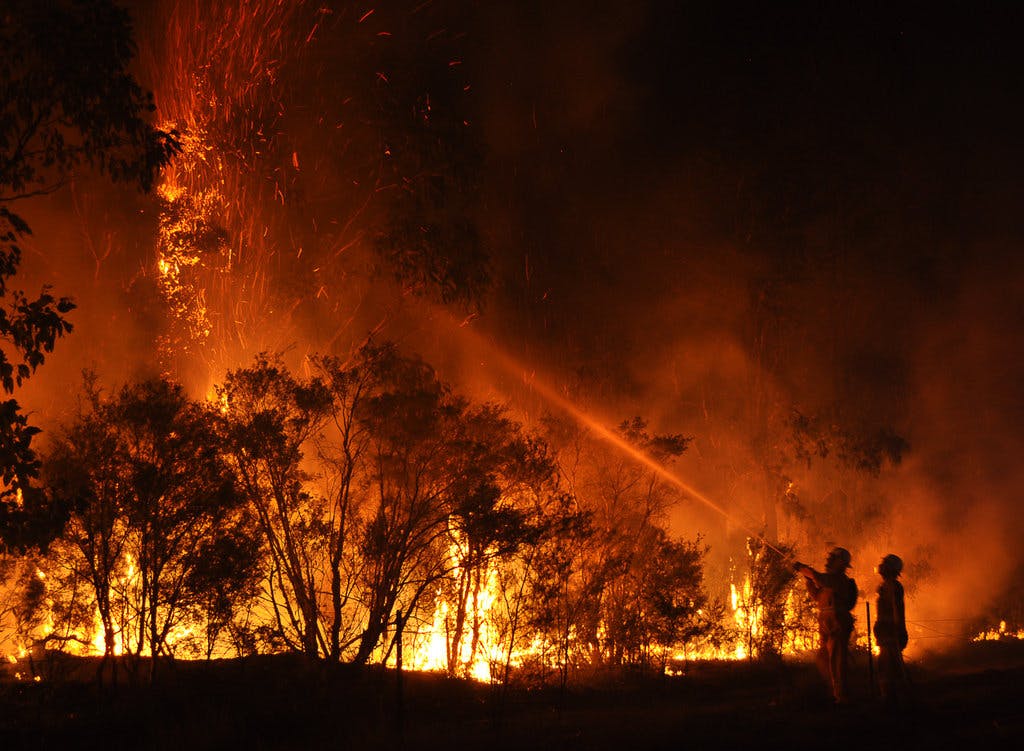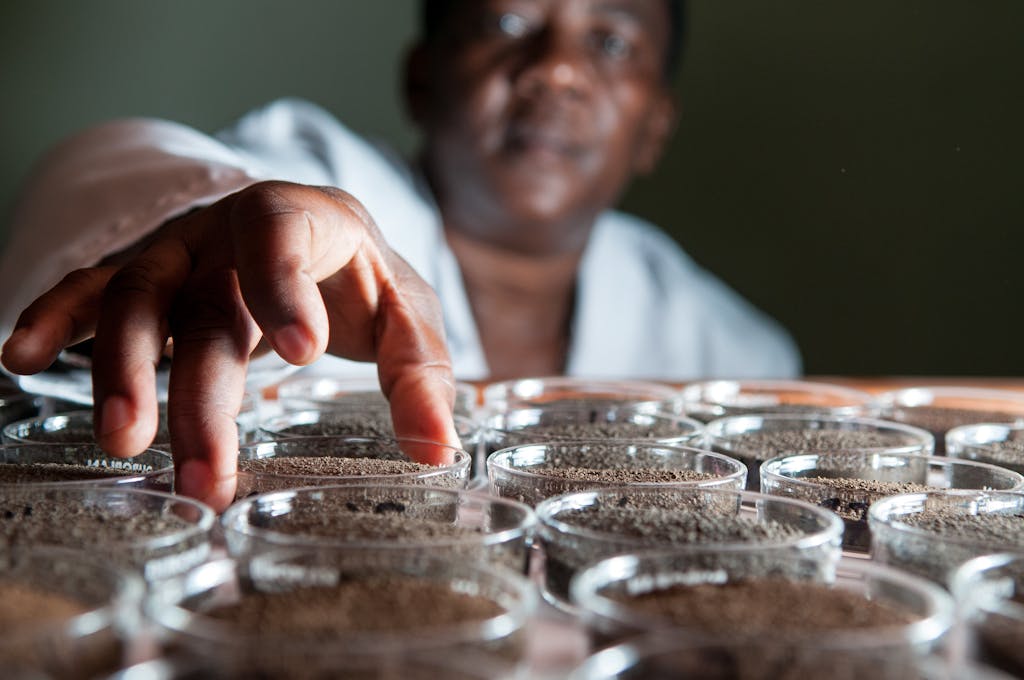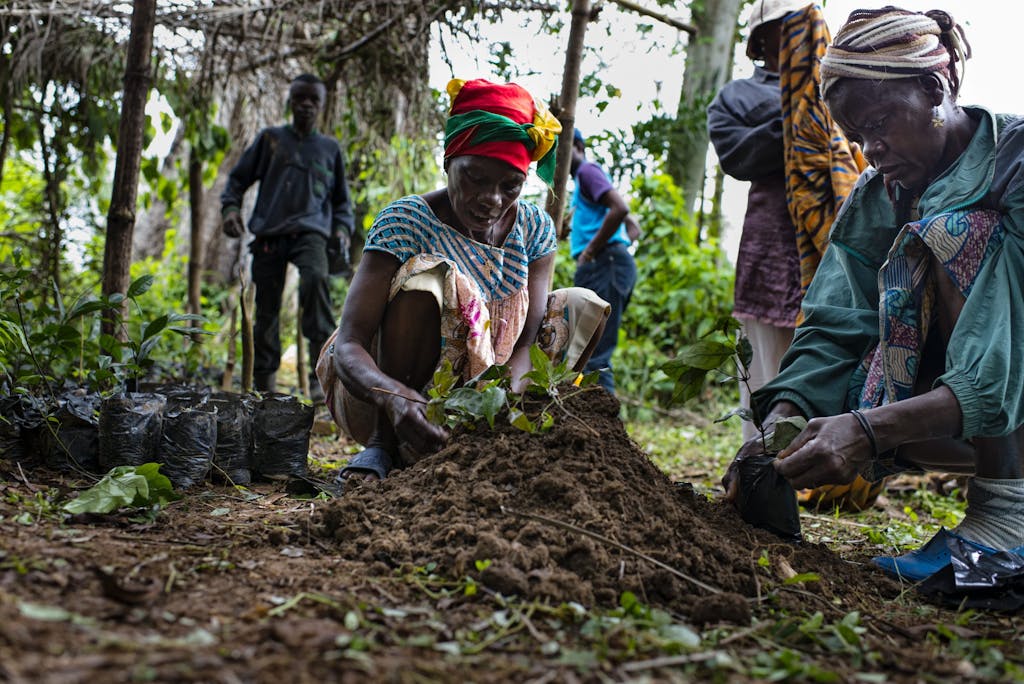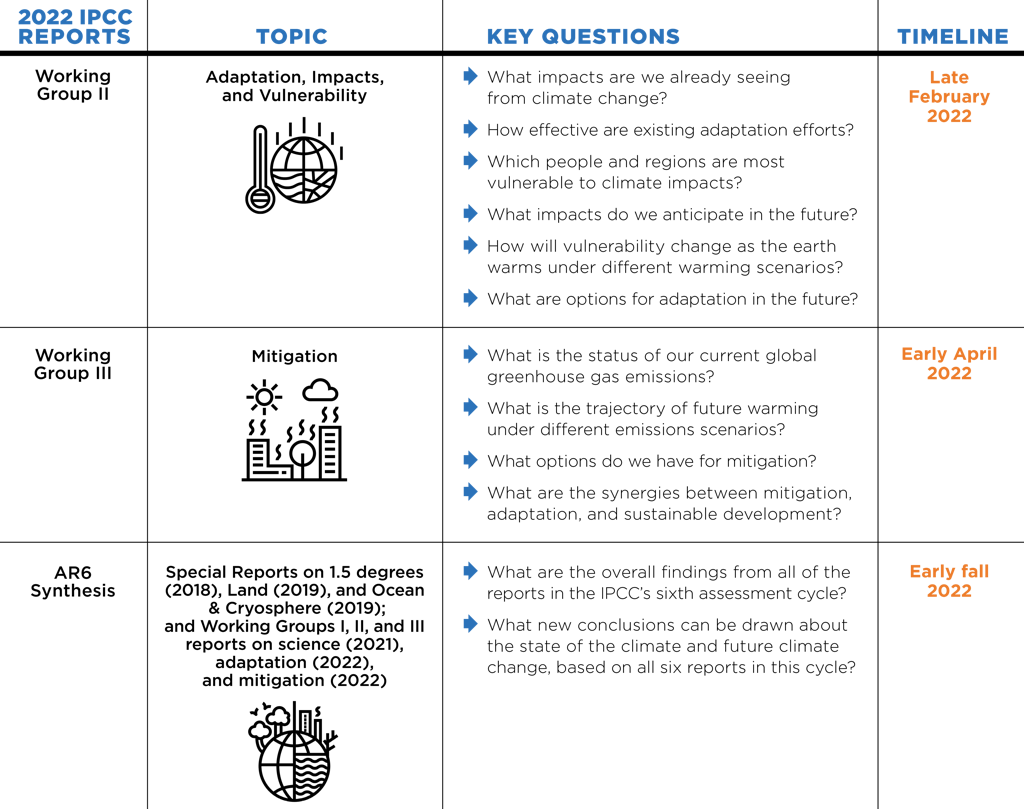Two major climate science reports are coming soon from the Intergovernmental Panel on Climate Change, the United Nations body that convenes hundreds of scientists from around the world to assess climate change science. The first report, on climate impacts, adaptation, and vulnerability, is expected in late February; the second, on climate mitigation and solutions, will be published in early April. Our climate experts explain why these two reports are so important, what we expect them to find, and what they mean for climate action.
2021 was one of the hottest years on record, and extreme weather events are increasing in frequency around the world, from dangerous winter storms to devastating hurricanes, floods, and wildfires. Climate change is also exacerbating other global threats like poverty and food insecurity, putting lives and livelihoods at risk in regions and communities that are already vulnerable. Given the challenges we face, having a comprehensive, up-to-date understanding of climate science is more important than ever. That’s where the Intergovernmental Panel on Climate Change (IPCC) comes in. Its gold-standard climate science reports inform debate and shape policymaking: Its 2018 special report is largely credited for shifting global ambition from limiting warming to 2°C to 1.5°C. The next two reports can be critical for helping everyone understand the impacts of climate change and develop solutions that benefit the environment and people alike.

Firefighters try to put out a bushfire near the town of Aberdare in Wales. Photo: Jeff Walsh, Cass Hodge/ Quarrie Photography
Leading scientists assess the climate change impacts we are already seeing
The IPCC produces reports on the state of climate change every few years and is currently in its sixth “assessment cycle.” The two upcoming reports follow on the heels of last summer’s report on the physical science of climate change, which UN Secretary-General António Guterres called a “code red for humanity.” The next report will present an updated assessment of the impacts of climate change, our vulnerabilities to it, different options to adapt to address the effects of climate change, and how nature is adjusting to our adaptation efforts. Impacts of climate change include sea level rise and more severe storms, for example, while vulnerabilities cover such things as exposure to more intense heat extremes. Adaptation refers to efforts that range from nature-based solutions, like restoring mangroves to protect coasts, to rewriting zoning codes to ensure that any new infrastructure is built a certain distance from wildfire-prone areas.
Produced by the IPCC’s Working Group II, this report will take a holistic view of impacts, adaptation, and vulnerability, assessing these topics at the global and regional levels. The report will stress the interconnectedness of Earth’s systems, from climate systems and weather to ecosystem biodiversity to human health. For instance, drought not only results in dry land and reduced plant growth but also affects food production, which in turn has implications for livelihoods, nutrition, human health, and poverty. The report will also assess future risks from climate change at different warming levels and will present options for how policymakers can adopt an equitable and interdisciplinary approach to climate change adaptation.
What’s New in the IPCC’s Working Group II Report on Impacts, Adaption, and Vulnerability
The report will include new information on climate risks under various warming levels, such as risks to coastal communities, infrastructure, and livelihoods from sea level rise at different degrees of warming. It will also explore how adaptation can contribute to climate change solutions and will address connections between climate adaptation and the Sustainable Development Goals (SDGs), while also pointing to the limits to adaptation for humans and other species on our planet. Additionally, the report will place a greater emphasis on cities — which are increasingly exposed to climate change — and will review opportunities for addressing climate change vulnerability and impacts. The report will also contain a Global to Regional Atlas that will integrate the report’s key messages.
In this report, we expect to see continuing trends in biodiversity loss and natural resource overconsumption. We also anticipate information around the growth of cities and the inequalities that are associated with increased population of urban areas. The report will likely shed light on the more frequent occurrence of damages from extreme weather events, and it is expected to highlight the role of justice and equity, as well as diverse forms of knowledge such as Indigenous knowledge.

A lab technician in Tanzania monitors soil samples for changes in chemistry. Photo: Georgina Smith/ CIAT
Experts examine how to slow climate change and prevent severe warming
In April, the IPCC’s report on mitigation, produced by Working Group III, will provide an updated assessment of climate change mitigation (actions to prevent further climate change), greenhouse gas emissions reduction, and greenhouse gas removal from the atmosphere. Complementing the Working Group II report, this report will highlight synergies and trade-offs between climate change mitigation and adaptation. The report will address all aspects of mitigation, including feasibility, cost, and governance. Examples of mitigation include reducing greenhouse gas emissions, increasing use of renewable energy, and supporting reforestation in critical places like the Amazon rainforest.
What’s New in the IPCC’s Working Group III Report on Mitigation
For the first time, the mitigation report will include a chapter on the social aspects of mitigation, drawing from behavioral sciences and exploring topics such as consumer behavior and cultural norms. Examples of relevant behavior include why people buy environmentally friendly products, or why they choose taking a bus versus riding the subway system versus driving a car. The report will also feature a new chapter on innovation and technology, and it will explore how to use the SDGs to help shift development pathways toward sustainability. Additionally, the report will explore mitigation options that cut across sectors, including carbon dioxide removal techniques such as afforestation — replanting trees and forests to draw more CO2 out of the atmosphere.

Women plant trees in the village of Minwoho, Cameroon. Photo: Ollivier Girard/ CIFOR
We expect this report to review mitigation options across all sectors and activities, including energy (transitioning away from fossil fuels and toward renewable energy), transport, industry, waste, and agriculture. Mitigation in the buildings sector will also be a focus, such as constructing and retrofitting buildings to be more energy-efficient through, for instance, the use of energy-efficient windows and insulation. Forestry is another sector with mitigation options, such as preserving existing forests and making efforts to restore deforested areas. The report is also expected to examine climate change mitigation within the context of sustainable development, equity, and poverty.
What’s next: COP 27, the Global Stocktake, and the Future of Climate Action
The IPCC’s adaptation and mitigation reports, along with last summer’s science report and the forthcoming synthesis report (which will integrate findings from every report in this assessment cycle), will be important inputs for UN climate change meetings in the fall. Critically, these reports will be used to inform the formal negotiations of the next UN Climate Change Conference (COP 27) in November, where countries are expected, once again, to raise their climate ambition. The sixth assessment cycle as a whole will also be an important input for the global stocktake in 2023, the process for evaluating the world’s progress toward achieving the goals of the Paris Agreement. Moreover, the completion of the sixth assessment comes during the early years of a critical decade for climate action, so the findings from these reports provide the scientific basis for our understanding of how to work toward a number of climate and sustainability goals by 2030. The IPCC, therefore, is providing an invaluable source of scientific knowledge for the world’s policymakers at a critical time for climate ambition and climate action.
Comparing the IPCC’s 2022 Reports
The table below provides a breakdown of what we can expect from the IPCC’s 2022 reports, including key questions each report should cover.
See our blog post here for more information on how the IPCC works and for details about the August 2021 science report, also part of the sixth assessment cycle.












